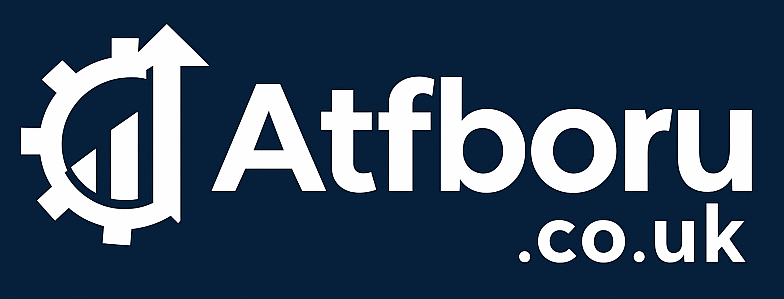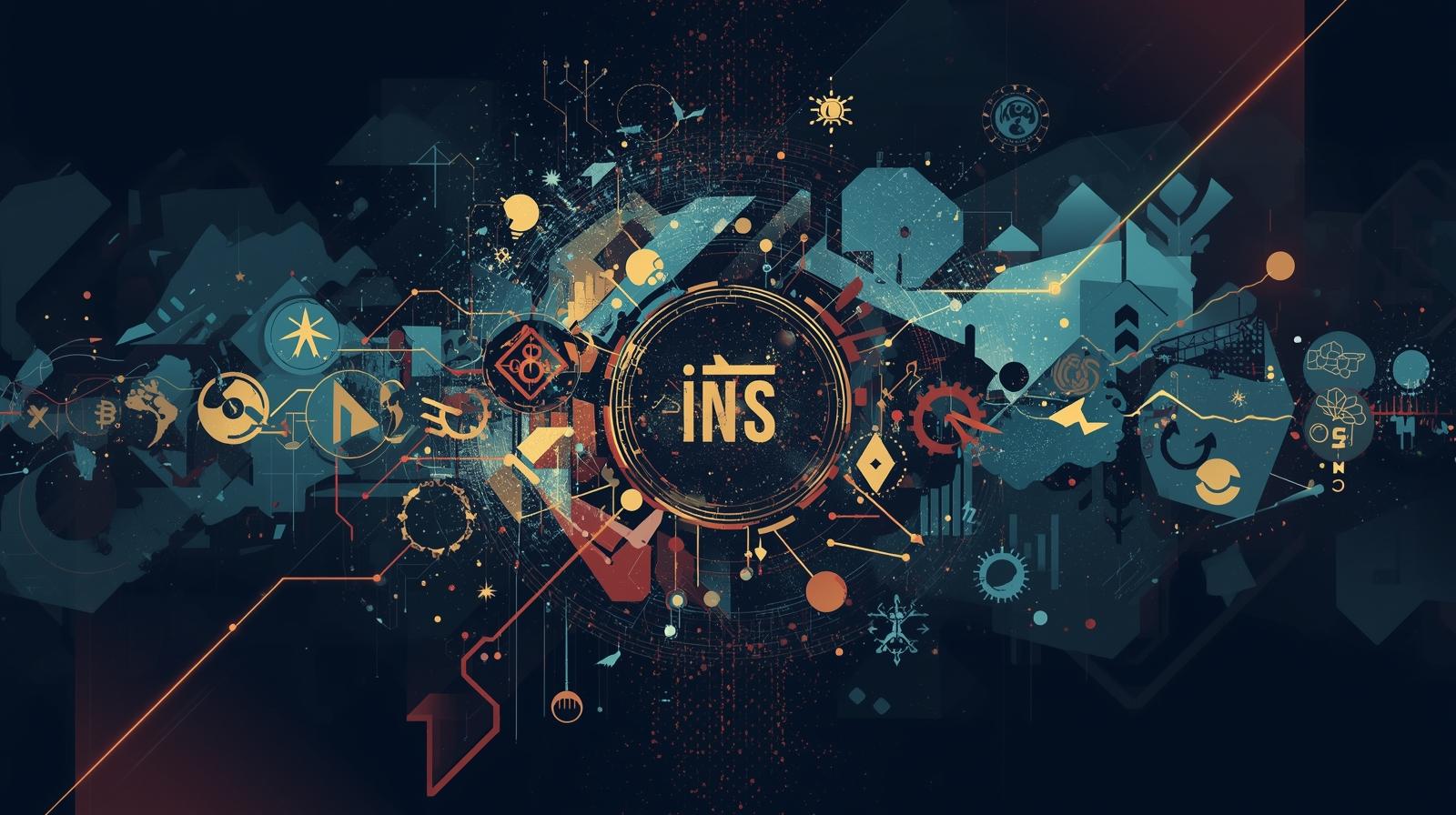In today’s fast-paced digital world, symbols and expressions evolve rapidly. One such symbol is i̇ns, a small but significant part of our online identity. More than just three letters, i̇ns has become a symbol of individuality, authenticity, and cultural presence. This article will explore its origins, symbolism, and how it plays a central role in the digital era.
Understanding i̇ns
At its core, i̇ns represents self-expression in the digital age. It serves as a symbol for online identity, conveying personal presence and essence rather than just a title or role. While it may seem minimal, its meaning is rich and layered, reflecting the user’s desire for authenticity in an increasingly digital world. Often used in social media bios, captions, and hashtags, i̇ns has become a shorthand for identity and belonging in the online space.
In this way, i̇ns represents the essence of online communication, allowing users to express their digital identity with just a few characters. It resonates with Millennials and Gen Z, who prioritize originality and emotional connection in their social media culture.
Origins and Evolution of i̇ns
The journey of i̇ns begins with its cultural roots. The word insan, meaning “human” in Turkish, is believed to have influenced i̇ns. This connection gives the symbol a deep cultural significance, suggesting human essence and consciousness. Over time, i̇ns grew within internet culture, where brevity is valued. Much like hashtags and emojis, it gained traction in online communities as a quick and expressive shorthand.
As the digital space grew, i̇ns transitioned from a niche term to a widespread symbol of individuality in mainstream platforms like Instagram, Twitter, and TikTok. It became a marker of identity that transcended language and cultural boundaries, echoing the increasing desire for digital self-expression.
i̇ns as an Online Identity Tag
In the digital age, identity has become increasingly tied to online presence. i̇ns plays a key role in shaping this identity. It is more than just a word; it acts as an online identity tag that unites individuals across different social media platforms. By using i̇ns, users present themselves in a way that reflects their uniqueness and authenticity.
Just as profile pictures and usernames are identifiers, i̇ns has emerged as a simple yet powerful symbol of belonging. It is used by millions to express their essence without the need for lengthy descriptions, enabling users to showcase their digital identity with just a few characters.
Cultural and Linguistic Dimensions of i̇ns
One of the striking aspects of i̇ns is its linguistic significance. In Turkish, the letter i̇ is dotted, unlike the dotless ı, which is a unique feature of the Turkish alphabet. This small but significant detail highlights the careful expression of language and the importance of even the smallest differences in meaning. The presence of the dot in i̇ns adds depth, emphasizing precision and intention.
Beyond language, i̇ns is a cultural mirror. It reflects values such as minimalism and consciousness, offering a universal symbol that transcends borders. It invites interpretation, allowing individuals from various cultures to project their own meanings onto it, making it a versatile symbol in the digital culture.
Why I i̇ns Appeals: Its Universal Charm
The widespread appeal of i̇ns can be attributed to several factors that make it resonate with different generations and cultures.
- Simplicity: In just three characters, i̇ns communicates deep meaning, making it an efficient symbol of identity.
- Brevity: In a world of information overload, i̇ns delivers a quick yet powerful message of authenticity and presence.
- Authenticity: It stands as a symbol of genuineness in a digital world that often feels curated or superficial.
- Universality: Recognized across multiple languages and platforms, i̇ns has become a global icon of self-expression.
- Community: It fosters belonging, helping individuals connect with like-minded people online.
- Aesthetic Beauty: Its clean, minimal form adds to its visual appeal, making it a favorite symbol for digital culture.
For Millennials and Gen Z, who prioritize originality and emotional connection, i̇ns strikes the perfect balance between minimalism and meaning.
Applications in Creative and Cultural Spaces
Beyond social media, i̇ns has found its way into various creative and cultural spaces. In art and design, it serves as a minimalist visual statement, evoking authenticity and simplicity. Typography enthusiasts use it in logo design, crafting a visual language that is both modern and evocative.
In literature and personal branding, i̇ns is often adopted as a signature, representing the artist’s or creator’s identity. It also appears in tattoos and digital artwork, embodying the concept of presence and individuality in a world filled with noise.
The Meaning of i̇ns in Different Languages and Cultures
While i̇ns originates from Turkish, it has taken on various meanings in different languages and cultures. Its adaptability makes it a cross-cultural symbol, one that transcends specific linguistic boundaries to represent humanity and essence.
In social media culture, its meaning evolves with context. It is often linked to personal branding and individuality, signifying the user’s commitment to self-expression. In different cultures, however, i̇ns may also evoke philosophical concepts of existence, consciousness, and minimalism, making it an object of reflection beyond its digital use.
Symbolism and Associations with i̇ns
i̇ns is often associated with deeper philosophical and cultural concepts. It embodies minimalism, presence, and humanity, serving as a reminder of the person behind the digital screen.
It also symbolizes authenticity and individuality—two qualities that are highly valued in the digital age. As social media platforms continue to evolve, i̇ns remains a steadfast symbol of what it means to truly exist online, beyond the superficial layers of branding and performance.
How to Incorporate i̇ns in Digital Identity
Incorporating i̇ns into your digital identity is a simple yet effective way to communicate authenticity. It can be used in social media bios, captions, or as part of your personal branding. By embracing i̇ns, users align themselves with a symbol of self-expression and individuality, while also fostering a sense of community.
To integrate i̇ns into your digital presence, consider using it across your profiles consistently, whether it’s in your Instagram bio, as a hashtag on Twitter, or as part of your branding on TikTok. The key is to keep it authentic and aligned with the identity you wish to project online.
Controversies Surrounding the Word i̇ns
Despite its widespread use, i̇ns is not without its controversies. Some criticize its vagueness, arguing that it lacks a clear definition or that it can be easily misinterpreted. Others debate its overuse in digital culture, questioning whether its simplicity detracts from deeper, more nuanced self-expression.
Furthermore, the evolution of i̇ns from a niche symbol to a widely recognized digital marker has led to debates about its commodification. Is it still a symbol of authenticity, or has it become just another tool for branding and online marketing?
Using i̇ns for Business and Marketing
As i̇ns continues to grow in popularity, it has found a place in business and marketing. Companies and influencers use it to enhance their brand identity and connect with audiences in more personal, authentic ways. Its minimalist nature makes it a perfect fit for branding strategies that emphasize simplicity and genuineness.
Using i̇ns in marketing campaigns allows businesses to foster a sense of belonging among their customers while promoting authenticity in their messaging. For businesses aiming to resonate with younger, digitally savvy audiences, embracing i̇ns could prove to be an effective strategy.
Future of i̇ns: What’s Next for This Digital Symbol
The future of i̇ns looks bright. As digital identity continues to evolve, i̇ns is expected to remain a key symbol of individuality and authenticity. Its adaptability ensures that it will continue to resonate with Millennials, Gen Z, and the broader online community.
In the future, i̇ns may evolve further, finding new applications in emerging technologies like virtual reality (VR) and augmented reality (AR), where digital identity is becoming more complex and immersive. Its role as a global digital marker will likely expand, reflecting the ongoing shift towards minimalism and authenticity in digital spaces.
Conclusion:
i̇ns has transcended its humble beginnings to become a powerful symbol of identity, authenticity, and self-expression in the digital era. It serves as a reminder of the humanity behind online interactions and continues to resonate deeply across cultures and languages. As the digital world continues to evolve, i̇ns will remain a steadfast marker of what it means to truly exist and express oneself online, making it a cultural and digital icon for the ages.
Mac Računala: Powerful & Reliable Computers You’ll Love
FAQs
How to view 18+ content on Instagram?
You need to enable adult content settings in your account to view 18+ content on Instagram.
What is ‘@’ in Instagram?
The ‘@’ symbol is used to tag or mention other users in posts and comments.
What is the 5-3-1 rule on Instagram?
The 5-3-1 rule recommends posting five engaging pieces, three personal updates, and one promotional post.
What is IG called now?
Instagram is still called Instagram, but its parent company is now Meta.
Why does Gen Z not post on Instagram?
Gen Z prefers platforms like TikTok for more creative and dynamic content.
What is better, IG or FB?
Instagram is better for visual content, while Facebook is better for broader social networking.
Is Instagram now called Meta?
Instagram is not called Meta, but its parent company rebranded to Meta.

